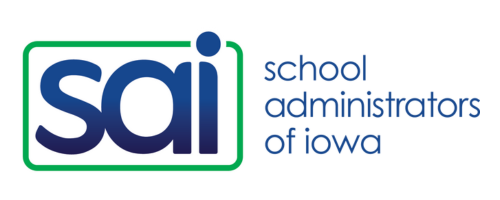Learning from First-Year Reflections – 4 Key Insights
As the year comes to a close and you review your successes and “wish I had a do-overs,” you may find these four leadership strategies adapted from an AASA article helpful as you move into your next year of leadership. The questions are intended for processing in your mentoring partnership.
1. Invest in your leadership team. A first-year superintendent assumed that her cabinet was a high functioning, effective team, but realized quickly, she needed to cultivate relationships and develop this group as a team.
- What specific leadership behaviors support relationship development?
- What is your vision for the leadership team? Consider a Theory of Action for the administrative team. (See ISSL Standard 1 resources for support in developing a vision)
- What goals do you have for your administrative team moving into the 2023-24 school year and how will you get there?
- How might the ISSL progressions lend support to your work and vision?
2. Encourage openness and honesty. Because of the positional authority of the superintendent, many will refrain from offering constructive feedback or raising difficult questions. Consequently, the superintendent should actively solicit feedback.
- What feedback have you gathered this year and how have you gathered it?
- What feedback do you wish you would have collected?
- What have you learned from the feedback?
- In what ways will you change how you collect feedback moving into next school year?
3. Be “in service of” rather than brilliant. Listen to others and be judicious about the opportunities you take to add your voice to the room.
- What ways do you have of monitoring how much you speak or contribute to discussion?
- How do you ensure every voice is heard?
4. Build relational capital. Quality relationships move the leader’s vision and the work of the district forward. Be sure you devote time to building and sustaining authentic relationships with all stakeholders in your district.
- How have you built relationships throughout the district and community?
- With whom do you still need to develop a relationship?
- How do you engage families and the community in co-creating (Standard 8, ISSL)?
Read the full article here. (It is an older piece, but the insight and advice still resonate strongly!)
